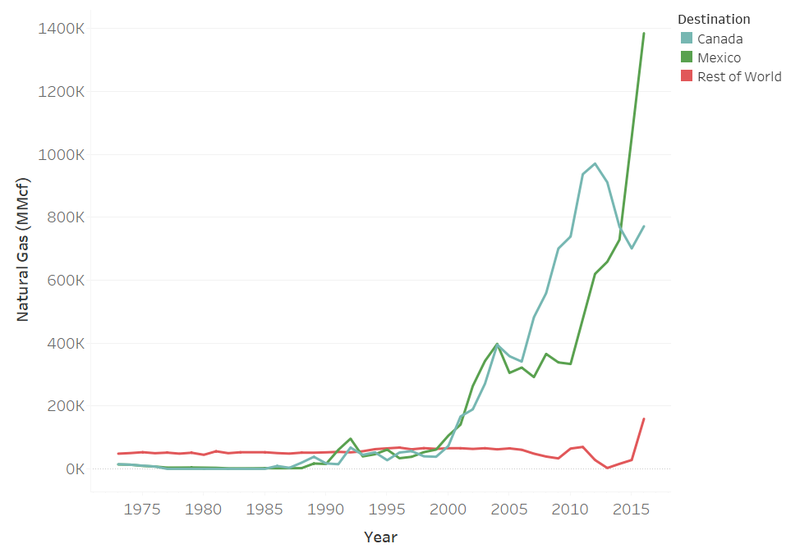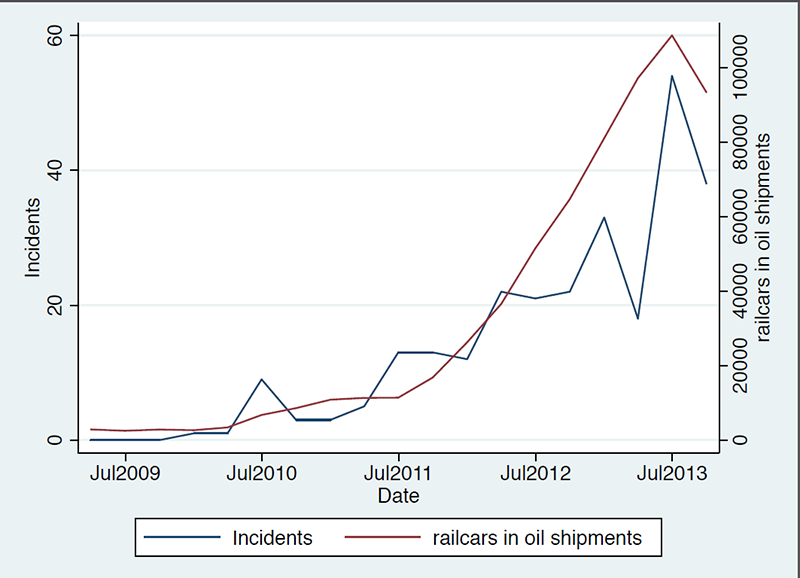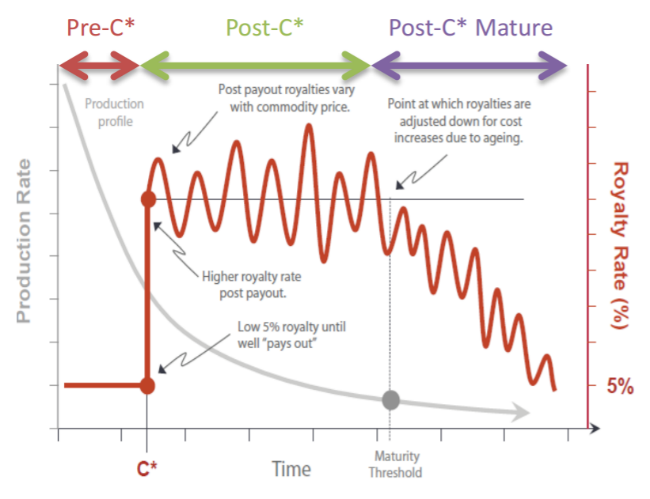North American Energy Integration: Assessing Oil and Gas Policy Issues ahead of NAFTA Renegotiation
Mexico, Canada, and the United States stand to benefit from increasing energy sector interconnectedness and coordination. What key environmental and fiscal policy areas related to oil and gas development provide opportunities for further harmonization?
Further integration of energy markets and policies across the three North American countries can only contribute to economic development and may well improve its sustainability. This report reviews a number of key policy areas, including NAFTA, related to oil and gas development in and across the three major North American countries and explores opportunities for enhanced trilateral and bilateral cooperation and policy alignment. It contains descriptions of existing policies, legislation, and regulations on transportation, climate change, royalties and fiscal structures, decommissioning and abandonment, water, and environmental safety, as well as more detailed discussions of harmonization opportunities in each of those areas. The report also highlights several fundamental differences in the broader regulatory frameworks across the three countries, as these have an impact on efforts to harmonize.
An October 2016 workshop attended by major stakeholders and held by Resources for the Future—in concert with the Department of Energy’s (DOE’s) Office of Energy Policy and System’s Analysis (EPSA) and two partners in Canada and Mexico (the International Institute for Sustainable Development and Instituto Tecnológico Autónomo de México)—significantly contributed to this report. The workshop had several purposes: first, to identify gaps, best practices, and inconsistencies with economic and environmental regulations and markets across the three countries; second, to inform the creation of legal, regulatory, and policy roadmaps for harmonizing regulations and markets; and third, to bring together individuals who can help implement greater harmonization, and also others who can offer helpful input. This report places the discussions at this workshop in the context of the three countries’ regulations and policies as well as current political climates to summarize both the workshop participants’ and the authors’ recommendations for harmonization. The recommendations include action items for different levels of government in the three jurisdictions, research groups, academics, stakeholders, and others to move toward greater harmonization of policies and markets affecting the oil and gas sector.
Figures
Figure 1. US Natural Gas (Pipeline, LNG, and CNG) Exports, 1973-2016

Figure 2. Relative Value of Four Key North American Oil and Gas Flows in 2016

Note: The minimal oil and gas traded between Mexico and Canada directly are excluded from this chart. This chart also excludes a number of other energy products traded focusing on the four most salient for this discussion. The relative widths of lines indicate the relative values of these fuels exchanged in 2016.
Figure 3. Canada-US Rail Networks for Energy Trade

Figure 4. Number of Railroad Incidents Compared to Number of Railcars Used in Oil Shipments

Figure 5. Natural Gas Infrastructure and Projects, 2016

Figure 6. Royalty Structures over the Life Cycle of a Well

Figure 7. Fossil Fuel Production Water Consumption

* The minimum is for primary recovery; the maximum is for secondary recovery.
** The minimum is for in situ production; the maximum is for surface mining.
*** Includes CO2 injection, steam injection, alkaline injection, and in situ combustion.
**** Excludes water use for crop residues allocated to food production.
Key findings
- Simplifying some aspects of oil and gas fiscal policies could provide the public with transparency and fair returns while functioning more efficiently for the oil and gas sector.
- Defining what constitutes a subsidy to the oil and gas sector presents an important first step to their removal as part of a G20 commitment.
- While US federal cooperation on regulating greenhouse gas emissions is unlikely in the short term, there are quite a few opportunities for subnational US and Canadian governments as well as the Mexican government to explore harmonization.
- Opportunities may exist for the three countries to work together to set coordinated standards on well decommissioning, water use and disposal, and safety.
- Infrastructure siting processes should be improved and better aligned to decrease transaction costs and delays, as well as to better address national and cross-border environmental and indigenous/First Nation concerns.
Authors

Amin Asadollahi

Juan Carlos Belausteguigoitia Rius

Isabel Echarte

Philip Gass

Daniella Echeverria






